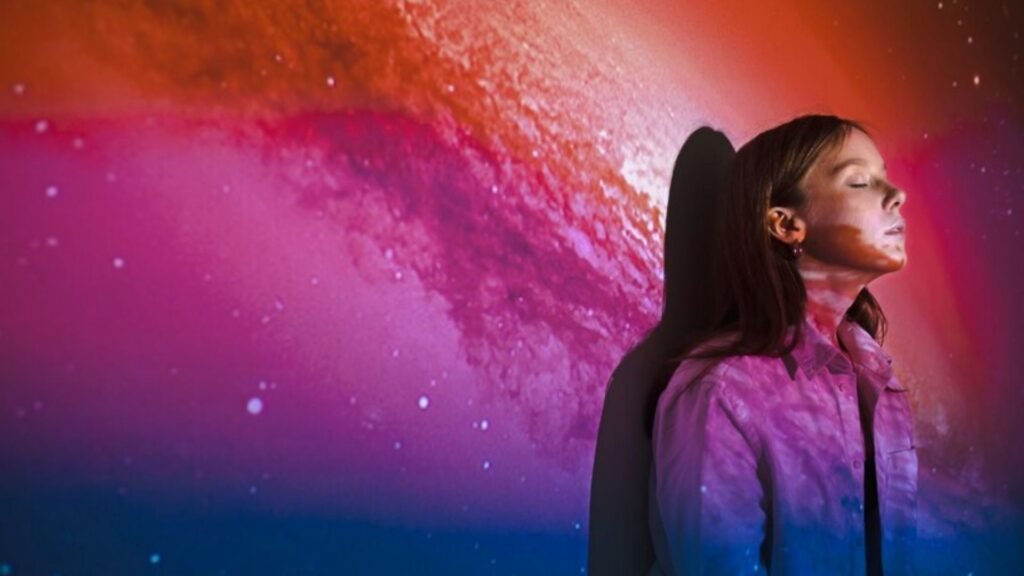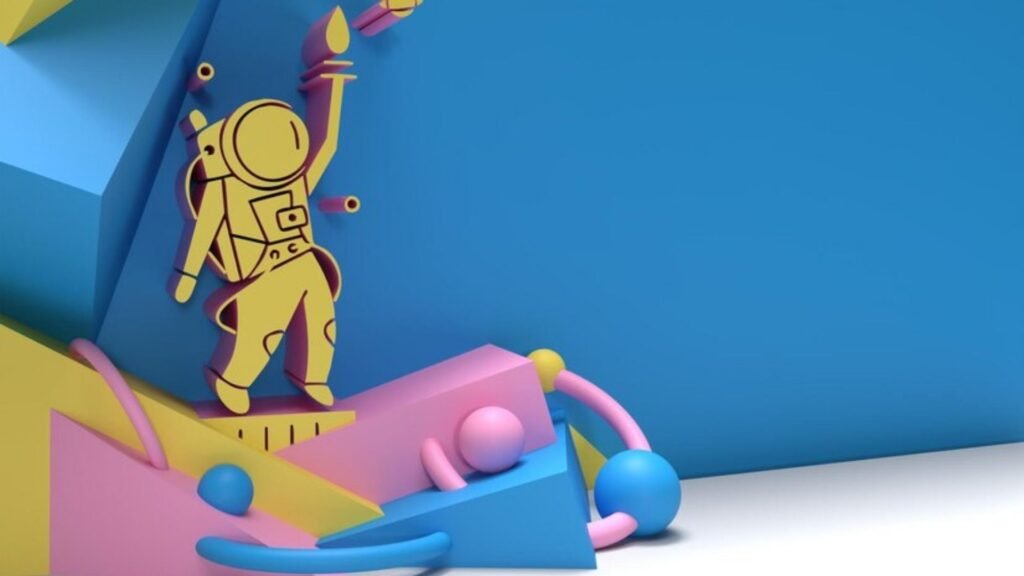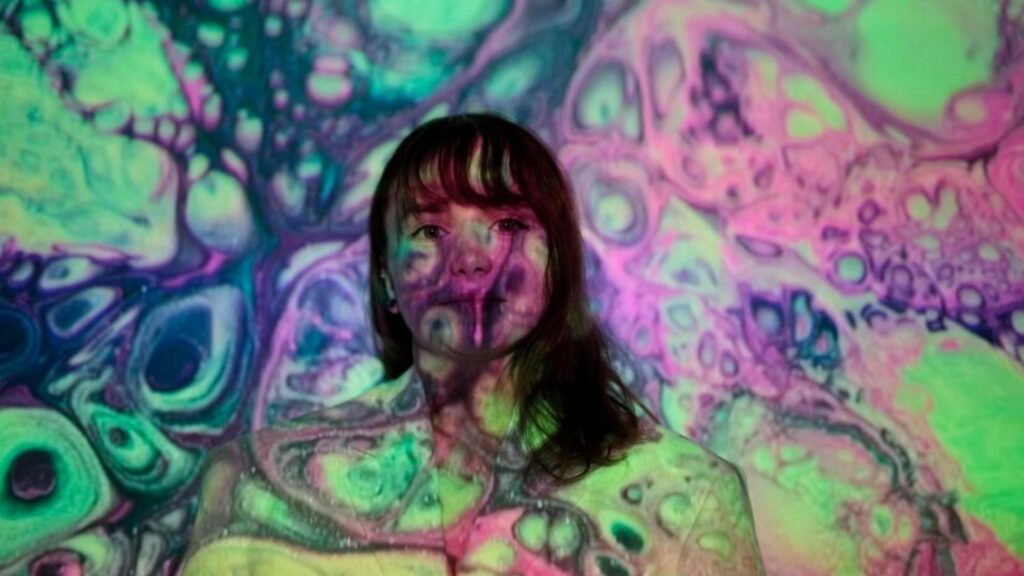As anyone who interested in learning interior design will soon discover, colors are a critical component of the art of interior decoration. For the purpose of attaining an aesthetically pleasing and well-balanced design, it is imperative to produce an appropriate color scheme. Colors can employed to establish a particular atmosphere, emphasize specific attributes, or generate an illusion of space. Bold and Vibrant Colors Without Overwhelming a Space, Whites, blacks, grays, reds, blues, greens, yellows, beiges, and browns the most frequently used colors for interior decoration.
White is an indispensable component of interior design. Frequently White regarded as a color that generates a spacious atmosphere as a result of its ability to reflect light. White walls frequently employed to create the illusion of a larger room by increasing the amount of light that reaches the gloomy corners of the room. Additionally, white walls can serve as a vacant canvas upon which to apply other colors in order to generate interest and contrast. The utilization of brightly colored furniture or accessories in conjunction with white walls also generates warmth in a space without becoming visually burdensome or overwhelming.
Bold and Vibrant Colors Black, Sophistication, And Fascination

The intense shade of black frequently regarded as a bold and potent color in contrast to lighter tones such as white, creams, and beiges. When combined with neutral furniture, such as light wood tones or whites, black-painted walls add a touch of sophistication and elegance to interior decoration. It can also employed as an accent color in conjunction with other neutral tones to enhance the depth and dimension of a room’s design. Additionally, black furniture can serve as a visual focal point within the overall cohesiveness of a room, while also providing a more robust presence.
Gray and even grays, Gray is an incredibly versatile color, as it blends with a variety of other shades, which can be either vibrant or subdued, as we have already observed. Additionally, there are numerous colors that complement gray. Gray walls are available in a diverse array of hues and provide a sophisticated and tranquil atmosphere in any residence, regardless of whether it is traditional or modern. In addition to providing visual interest, gray furniture can also used in conjunction with brighter items, such as whites or pastels, to break up monotonous palettes without adding excessive intensity.
Bold and Vibrant Colors Interior Decoration Utilizing Red

Red an energetic hue that invigorates any space it occupies, whether through its presence on furniture or on the walls themselves, dependent on the intensity with which it applied as part of the overall scheme. Red paint on walls imparts drama and intensity however, it should limited to a single wall, unless there is already natural lighting, as it has a tendency to absorb rather than reflect available light sources, resulting in darker shadows in areas where they not desired.
If an excessive amount of red paint is applied to surfaces throughout your home, rather than at the entrance of any room, it may not achieve the intended effect. In other words, red is a highly intriguing color for interior decoration; however, it is considerably more straightforward to incorporate as an accent color into the space than as one of the primary colors selected for the room.
Bold and Vibrant Colors Green, A Tranquil Hue For Your Interior

Green is an excellent choice for interior decoration due to its capacity to incorporate nature-inspired motifs, whether through shrubs, plants, or flowers. Even though we become accustomed to it without realizing it, green consistently induces a sense of tranquility. Green is especially effective when combined with lighter hues such as beige or yellow, as it creates a sense of freshness and positive energy in the space. An ideal and tranquil environment that you will appreciate equally after lengthy days spent outdoors participating in a variety of outdoor activities as after a long day at the office. This tint is an essential component of interior design due to its numerous benefits.
Yellow’s luminosity is the primary factor contributing to its cheerfulness in any environment. In fact, this color is complementary to cooler shades such as blues and greens, which helps soften spaces and ensures that the equilibrium remains intact, regardless of the interior. It shines in every corner. Yellow enhances the natural light that is already present in the vicinity, thereby increasing visibility. This is especially advantageous for small apartments and studios with restricted windows. It is an effective method for “enlarging” the shortest living spaces. This shade is also an exceptional option for dining rooms, living rooms, and gathering spaces due to its stimulating qualities, which consistently create a warm and conducive environment for conversation, making it an ideal choice for hosting visitors in any context.
Conclusion

Beige is a highly sought-after option for interior decoration due to its relative neutrality, which renders it adaptable to any environment, irrespective of its hue. Beige is a versatile color that can be used as a backdrop to emphasize other colors, decorative objects, and accessories. It also provides warmth and comfort. Beige is a versatile color that can be incorporated into both traditional and contemporary designs, simultaneously creating a welcoming atmosphere and enhancing the airiness of the space.
Brown is another popular choice for interiors due to its adaptability. It is compatible with both contemporary and conventional furniture, which provides a higher degree of adaptability when it comes to decorating various rooms. Brown provides a refined elegance that is not overly flamboyant or colorful. Depending on the shade selected, brown can range from deep chocolate tones that emanate an opulent ambiance to lighter bronzes that provide a more natural warmth to your interior decor.
